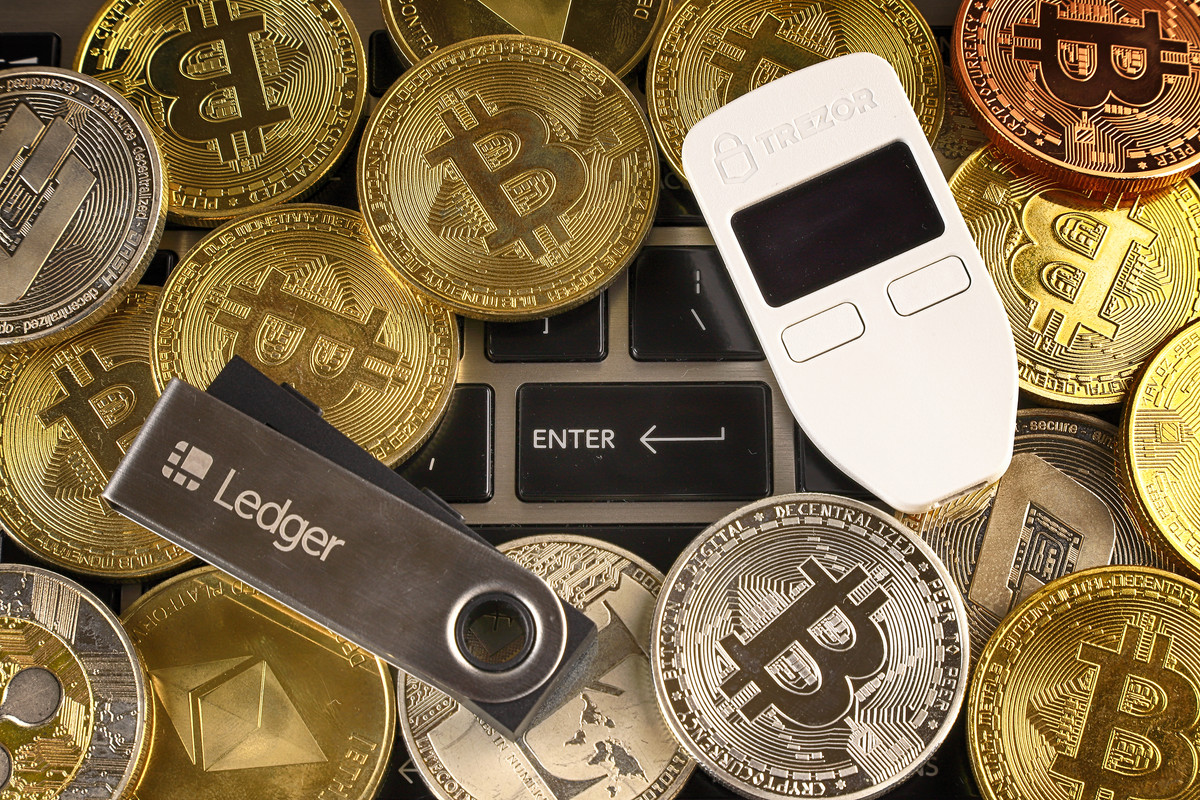Connecting Project Authorization Tables To Virtual Ledgers
by Admin

Several methods are proposed to improve the security of transactions in virtual ledgers. One of them is the use of rank functions. Rank functions capture the change of state at a given level. They are a key component of distributed ledger systems. They allow transactions to be replicated between different ledgers. Moreover, they can be used to identify the source of fraudulent transactions. However, the exact method remains a mystery.
The private ledger 300 may further include account metadata 550, which contains data on resource allocation and destination. Such data is necessary for the transaction process. In addition, the private ledger may be used for authentication. The data on account status is stored in the virtual ledger of a financial institution. This makes it possible to make decisions based on real-time information. However, the process is far more complicated than that. To overcome these problems, financial institutions can use virtual ledgers.
As the name suggests, this virtual ledger has many properties. It can satisfy the requirements of relative settlement and enables efficient transaction processing. The advantages of this approach include the fact that it can be deployed on top of other blockchains without requiring any coordination between them. As long as it has the necessary features, it can be used on top of other blockchains. One important requirement of such a project is that the underlying ledgers are independent.
PS/nVision supports multiple virtual ledgers for the same data. You can create virtual ledgers for different business units in the same database. Then, you can use the Ledgers for a Business Unit page to associate the new virtual ledger with the business units you use. If you are using PS/nVision for project accounting, you can use PROJLOCAL instead of LOCAL in the Ledger criteria.
For instance, in the case of bitcoin, each private ledger has a record of the financial data that was transacted in it. In this manner, the transaction will be verified and the amount of virtual currency generated will be accounted for in the ledger. This process is also referred to as mining. Mining involves the use of vast decentralized networks of computers around the world. The computers on the network receive rewards for processing the transactional records.
Another advantage of this system is that it allows private users to store records without having to share them. This allows for enhanced reliability and error-correcting functions. Moreover, the private ledger 110 may be stored on a hard drive, RAM, or flash drive. So, when a private company needs to use this type of blockchain, they can trust the private ledgers and use them in their transactions. This technology allows for secure and efficient transactions.
Account Metadata
An account is a type of double-entry account that belongs to a ledger. It has a debit and a credit balance and is stored in a database. A negative balance occurs when the debit balance exceeds the credit balance. This kind of account can be used to store financial information, such as stock, bonds, and other assets. You can learn more about ledger accounts by reading the Transaction Status and Balances guide.
Mining Functions
To support a global cryptocurrency like bitcoin, blockchains require a network of computers called "miners." These machines use powerful processors to serve as nodes in the network. It is not possible to use standard personal computers because they lack the processing power to run mining functions at this level. A group of miners can pool their hash rates and computational effort, and they will split the earnings based on their contribution. Mining is an important aspect of the Bitcoin network, and a successful strategy can help make it profitable.
When mining cryptocurrency, powerful computers are used to solve complex mathematical problems. This helps to secure the network and the ledger. In return, the miner is rewarded with Bitcoin. The process is similar to that of mining for other resources. Gold miners search for gold on the earth, and Bitcoin miners try to find it by solving complicated mathematical problems. The technology behind the cryptocurrency is called blockchain, and it is a publicly distributed ledger that records every single transaction.
Security
This paper addresses the security challenges associated with distributed ledgers and blockchains. The model is based on the LUNES-Blockchain, which can be used to simulate the behavior of these distributed systems. It can also be used to evaluate the performance of existing algorithms and to test new components. The model also allows for the simulation of malicious actors and failures that might affect the reliability of the virtual ledger. Finally, the paper presents the results of various experiments and provides conclusions.
Distributed ledgers, on the other hand, do not require third-party involvement, thereby reducing the time and cost of data entry and processing. Additionally, since the records are distributed across the network, they cannot be altered or tampered with by third parties. This can help streamline processes, such as supply chain businesses, which can write their results directly to the blockchain without a third party. Distributed ledgers also offer a layer of security, due to their inherent decentralization. Because of this, it is difficult to hack the database of a distributed ledger.
Regulations
Regulatory issues are an important consideration for any business that makes use of a virtual ledger. This technology helps companies maintain control over their finances. It enables companies to define sub-ledgers for different revenue streams and expenses. A company can manage these accounts through its bank account. The State Department of Financial Services (NYDFS) recently released guidance for businesses that make use of virtual ledgers. This guidance focuses on blockchain analytics to improve customer due diligence, transaction monitoring, and sanctions screening.
Federal lawmakers are working to make sure that these new technologies remain legal and safe. The proposed legislation would require a working group to analyze the current regulatory environment and make recommendations on how to improve it. This legislation would also address the needs of the primary and secondary markets for digital assets. In addition, it would require the establishment of a regulatory framework for virtual ledgers and blockchain technology. While this bill will delay certain provisions of the law until 2027, it will not change the corporation's obligations to respect privacy laws.
Regulated industry is essential for ensuring financial stability and consumer protection. However, the growing use of digital assets may also increase the risks of crimes and illicit finance. These risks are exacerbated by the fact that digital assets are often transferred internationally and can be used to circumvent financial sanctions. As a result, there is a need for additional regulatory measures to protect market participants and ensure that digital assets are safe. Further, regulations for virtual ledgers are needed to protect the privacy and security of users of digital assets.
Examples
The virtual ledger is a financial management tool that can be used in accounting, supply chain management, and more. With this tool, the SME can define sub-ledgers for different expense categories and revenue streams. Ultimately, the entity can maintain a single account, or multiple accounts, for each category. This way, the SMEs can manage their accounts through their bank account. Listed below are a few examples of virtual ledgers and how they can be used in business.
Some use cases of distributed ledgers include supply chain management, smart contract technology, and secure digital IDs. These technologies are becoming increasingly popular, and they have received more than $1 billion in venture capital. This is because they are faster, more reliable, and have higher-speed settlement processes. The distributed ledger is poised to become a key technology in financial market infrastructures in the future. It's still unclear how it can help developing countries.
Shared ledgers are the most common type of virtual ledger. They provide extensive data storage and are fast to process. However, a key limitation of centralized ledgers is the lack of a perfect validation process. However, DLT applications bridge this gap and integrate validators. In addition to this, digital ledgers have excellent anti-fraud potential. The data stored in the virtual ledger is secured by signatures and cryptographic keys.
If you're interested in investing in cryptocurrency, one company has been helping customers with cryptocurrency for several years. They know how important this type of currency is and can help you make the most of it. Using virtual ledgers can help you make payments and access important information about your investments. It is one of the first banks to offer this type of online banking, and their team is here to answer any questions you may have.
CATEGORY: Cryptocurrency
TAGS: blockchain, Digital Currency, Bitcoin, Crypto, Investment Strategy, Trading
Several methods are proposed to improve the security of transactions in virtual ledgers. One of them is the use of rank functions. Rank functions capture the change of state at a given level. They are a key component of distributed ledger systems. They allow transactions to be replicated between different ledgers. Moreover, they can be…
Recent Posts
- Exploring the Key Advantages of Choosing Invisalign Over Traditional Braces
- The Role of Community in Supporting Homeless Shelters in Lexington
- Concrete Repair Eau Claire: Pioneering Excellence in Structural Solutions
- Concrete Repair Eau Claire – Leading the Way in Foundation and Concrete Solutions
- Best Practices for Lawn Mowing in Orlando
